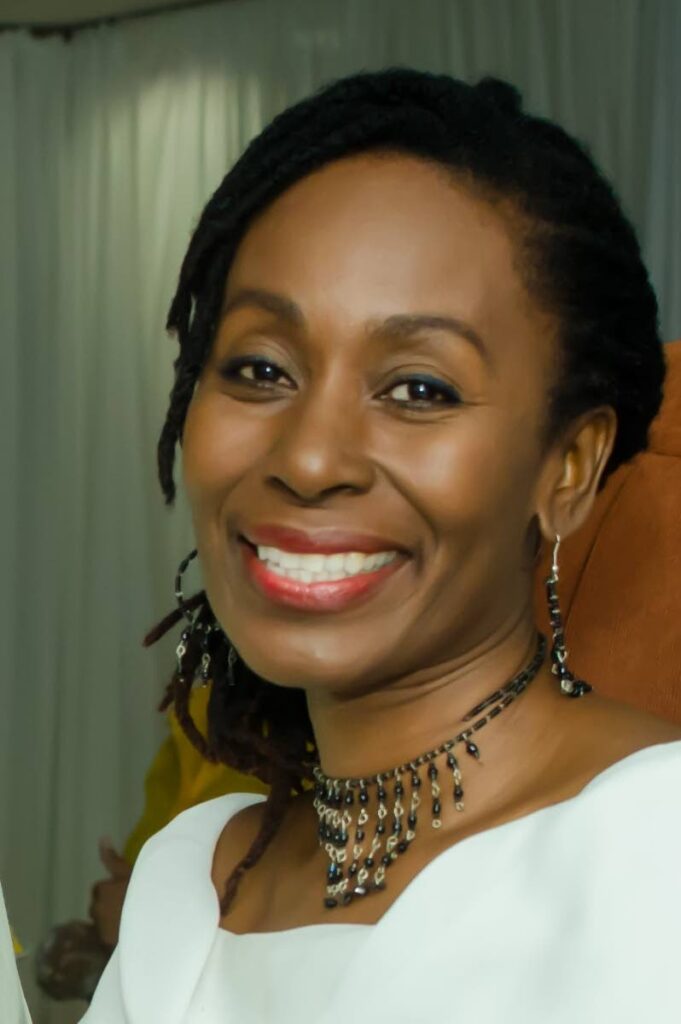Presentado...La Orquesta Nacional de Parang

Culture Matters
DARA E HEALY
“I always love to see the merging of different cultures. I am an ethnomusicologist so I aim to ensure that the performance, the culture, the music and the people are all understood. Some people analyse and interpret the music, but I also look at the people who are performing, in addition to their identities. These unique identities and the cultures from which they came are just as important as the music itself.”
– Dr Mia Gormandy-Benjamin, conductor of ONPATT
THE APPLAUSE was sustained; the standing ovation heartfelt. The newly formed Orquesta Nacional de Parang de Trinidad y Tobago, ONPATT, delighted the audience with parang selections celebrating icons and newer renditions of the artform. In a true reflection of the ebb and flow of life, a minute of silence was observed for the passing of Kenny J who transitioned as the concert began. The spirit of calypsonian Bomber who left this realm the day before could also be felt. In the middle of another history-making occasion for TT culture, we paused to reflect on the legacy of those who paved the way.
Why an orchestra for parang? Certainly, it is a bold, tantalising idea. Particularly since the notion of an orchestra is traditionally associated with western classical music. In the Greek origins of the word, the orchestra was the space reserved for the musicians, in the front of the performance space at a lower level than the audience and performers. In the 17th century, there were primarily stringed instruments such as violins and cellos, then woodwind instruments such as the flute, clarinet or oboe. By the 19th and 20th centuries the size of orchestras grew to as many as 100 performers, playing a wide variety of instruments.
What is the value of an orchestra to the development of local culture? Further, if we are to truly break from the colonial idea that this is the best mechanism to develop indigenous music, should we not explore different ways to achieve our cultural evolution?
Alicia Jaggasar, president of the National Parang Association of TT (NPATT), shared her thoughts with me. “The parang orchestra was not about trying to be like Europeans or anybody. It was about giving paranderos an outlet to explore the other elements of their musicality. It’s beautiful to see so many young people. We have paranderos who can play horns and other instruments. It was an opportunity for all these talented people to find a way to stay in parang, yes, to stay in the parang.”
Indeed, some of the main goals of ONPATT include the enhancement of music literacy among members, promoting parang as a teaching tool and making scored parang music available to researchers and interested people. Additionally, Jaggasar focused on the importance of national performance standards for parang. “We need to have a united group so that we can represent our nation with one voice. It’s always better to have that representation – ensure that the Spanish is correct, the dress is correct and so on.”
Globally, there is also greater examination of the value of orchestras to communities. In light of concerns about inclusivity, diversity and equity, questions are being asked about whether predominantly white organisations receive greater funding and other opportunities above those run by people of colour. Another issue surrounds the relevance of orchestra-based performance to diverse cultures. As one researcher commented, “A lot of the aesthetics of performance in the concert hall and on stage by orchestras do not resonate with the cultural aesthetics of many communities of colour.”
In TT, there are already several orchestras which are no doubt invaluable to the development of the musicianship of its members. However, what if we were to reach into our ancient African or East Indian musical traditions to explore musicality and professionalism from these world views instead? For instance, East Indian music follows its own style and scale structure, while in Africa music is often connected with a philosophy of community and mutual respect – “I am because you are; my psychological well-being derives from my respecting and enabling your well-being as a fellow human.”
But these are complex ideas that I am not yet finished with. For now, I wish to pay respect to some of the people who musically transformed our country – the Mighty Bomber, Kenny J and Clive Alexander, Zanda as he was fondly known. Gentlemen, your passion inspired generations of artists, ensuring that our music will continue to evolve. Travel well. And for the generations to come –
Viva la parranda!
Dara E Healy is a performance artist and founder of the Indigenous Creative Arts Network – ICAN


Comments
"Presentado…La Orquesta Nacional de Parang"